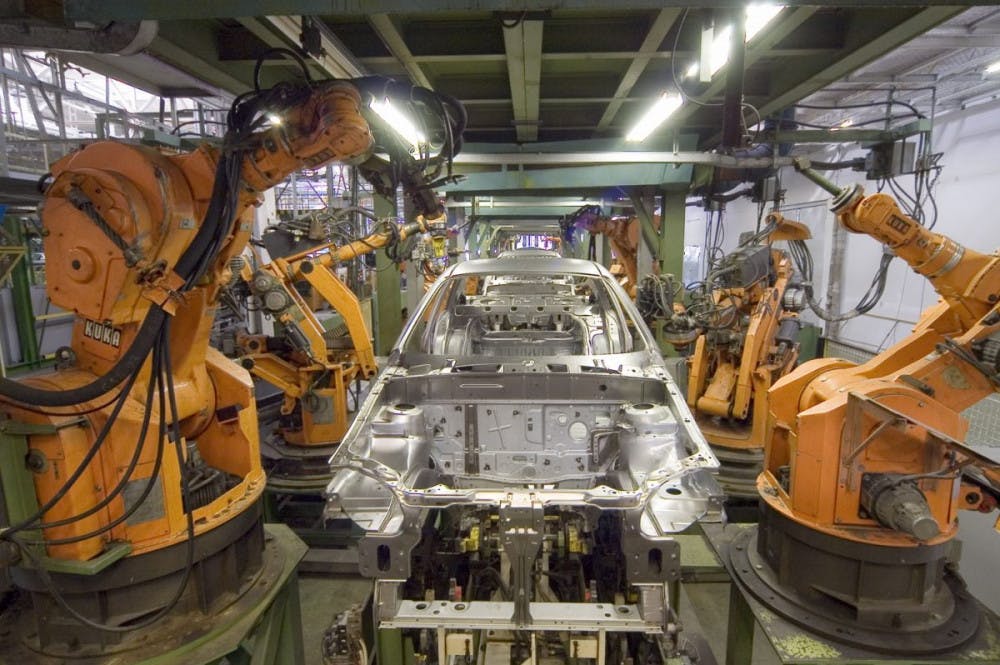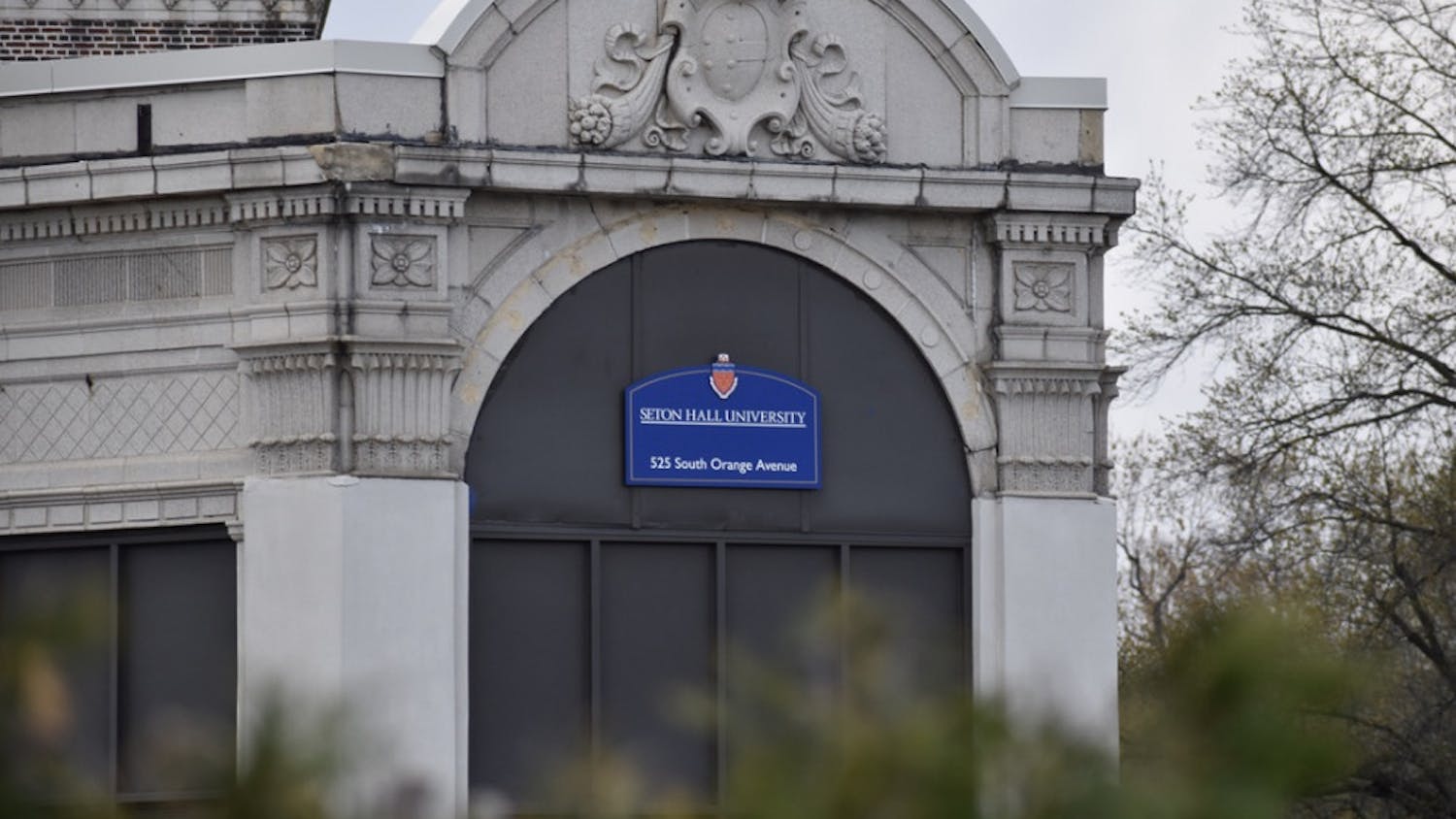Seton Hall’s promising 90 percent employment rate for the Class of 2016 bodes well for future graduates, but it fails to consider the automation of a variety of industries.
Robots taking jobs from people is a reality that is terrifying, especially for a student in the Class of 2019.

Millennials like myself, who help pay for their own education, may no longer have the luxury of working the kind of jobs that machines can do better, faster and cheaper.
In a test against three expert human radiologists, a startup company named Enlitic used a deep-learning system to identify malignant tumors with 50 percent more efficiency, according to The Economist.
Additionally, the system had a 0 percent false-negative rate, meaning no cancer was missed, compared to the 7 percent that went undetected by the team of radiologists.
Medical fields are not the only job area that could see robots replacing humans; The Economist also highlighted a 2013 study that found that some of the more susceptible fields are transportation, logistics, office support and sales.
That same study examined automation and computerization of 702 occupations and found that 47 percent of American workers hold jobs with a high risk of being automated.
In an interview with Quartz, Bill Gates recently addressed the issue of this potential automation takeover. The Microsoft co-founder made a surprising proposal for a dual-purpose solution that would slow the spread of machines taking jobs while funding other employment options for people who are displaced by robots.
Despite Gates’ strong affiliation with technology and its development, he has suggested a robot tax.
The first half of a robot tax could deter companies from instituting machines, or at the very least hinder the rate at which robots can be introduced in companies.
This would encourage large companies with multiple facilities to slowly implement automation, which in turn creates a slow, controlled stream of displaced workers returning to the job market.
If this action was not taken, a rapid wave of automation across many companies would lead to an overflow of displaced workers that would struggle in a much more competitive job market.
The second portion of Gates’ proposal opens the window for tax money to be put toward paying for jobs that require the empathy and feelings of an actual person, such as care-taking for the elderly or children.
Automation is likely unavoidable and difficult to argue against in helping the world of business become more profitable and efficient. But no robot or machine will ever be capable of handling tasks that require compassion and connection between human beings.
With that in mind, there will always be a need for people in the many industries and jobs that require human understanding.
Innovations in technology are occurring at an unprecedented rate, but people will always have their humanity, something no amount of programming could make feasible for machines, not even one that sounded as empathetic as Scarlett Johansson in the movie Her.
Automation will take control of many jobs over the coming years and millennials will have little choice but to address the repercussions on displaced workers and the job market over the coming years.
As long as millennials utilize the countless benefits of human connection, any innovation of automation and machine will never replace the benefits of real working class people.
Kyle Kasharian is a business major from Green, N.J. He can be reached at kyle.kasharian@student.shu.edu or on Twitter @ItsKyleKash.





